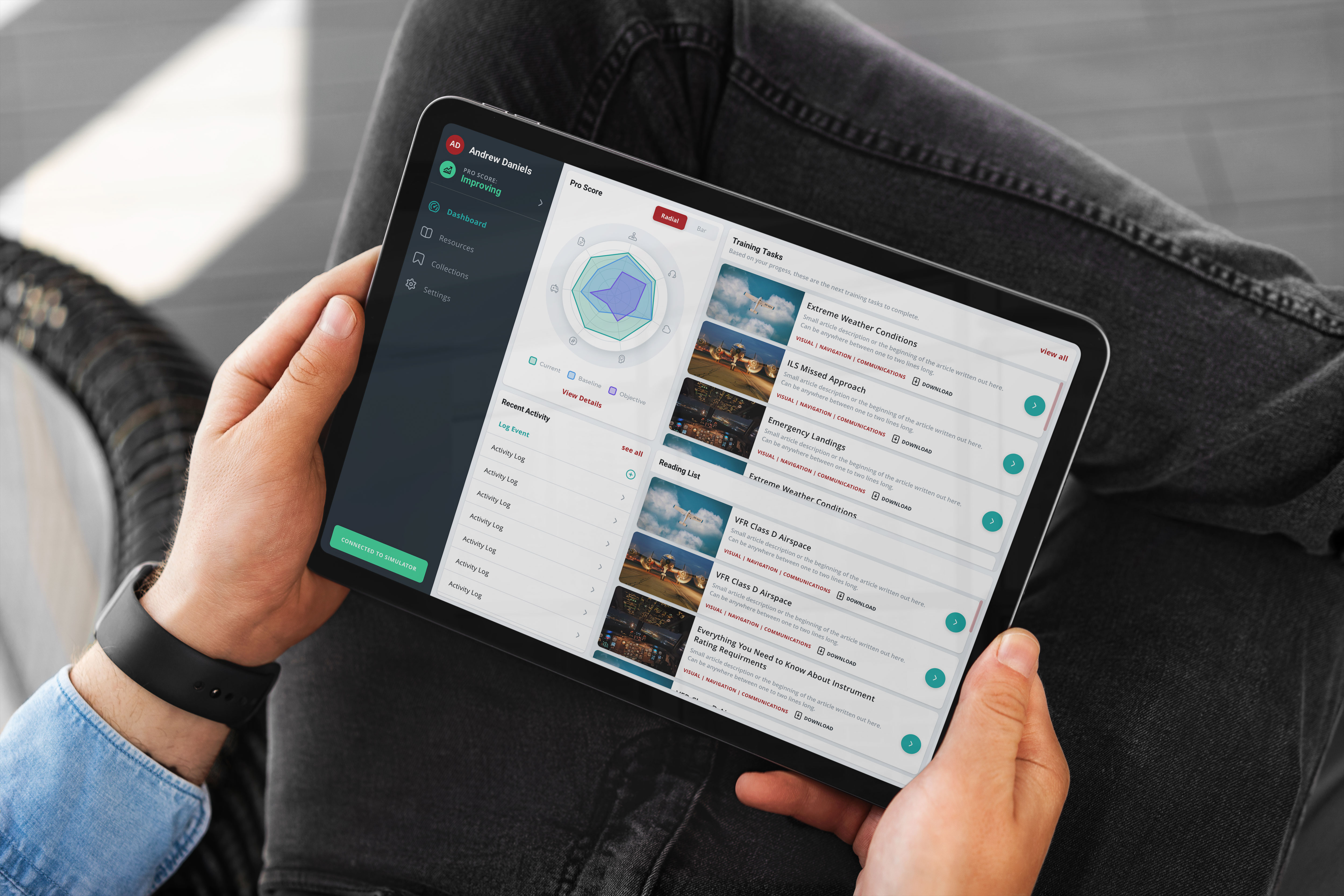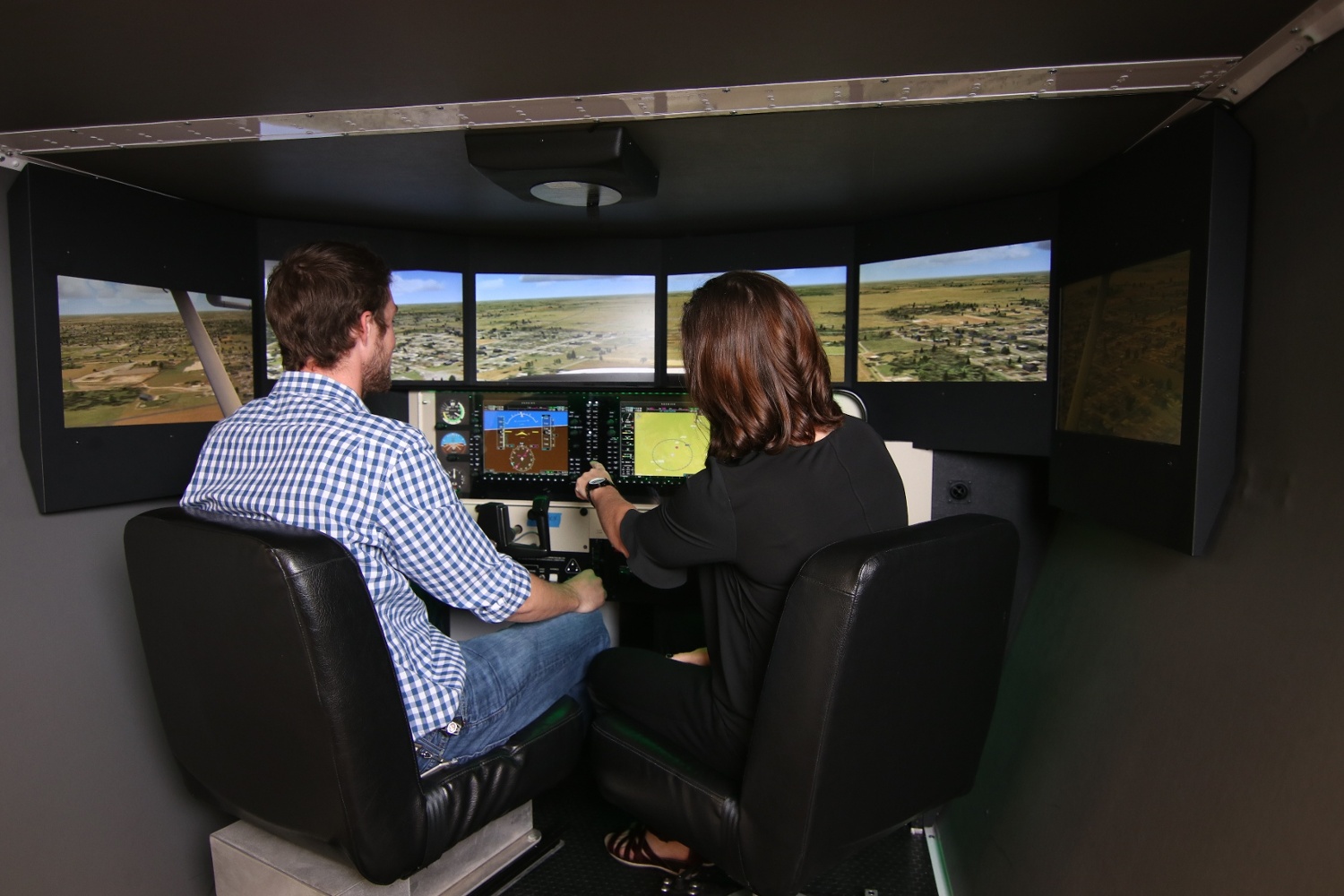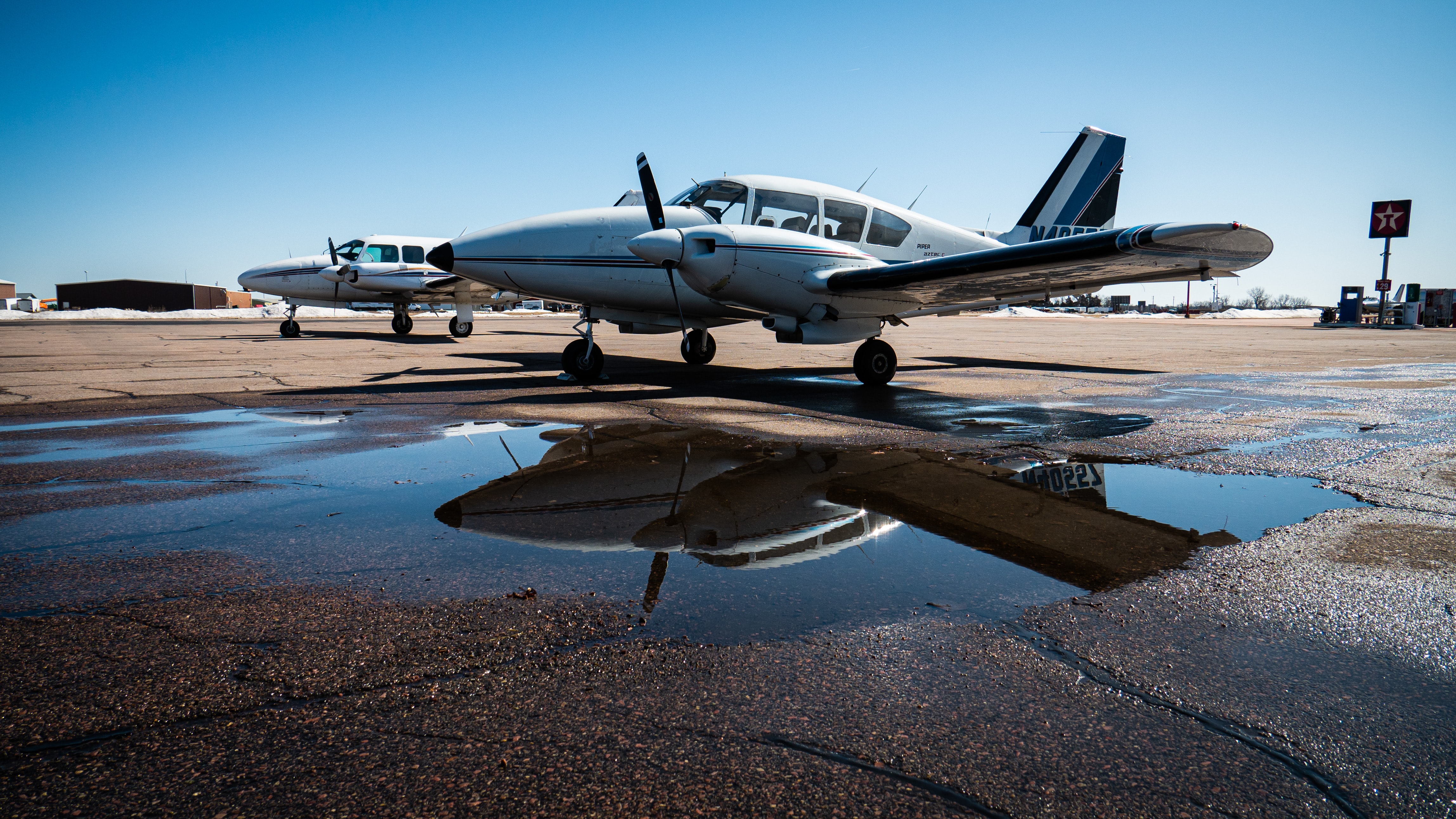Here's What You Need to Know About the New Aviation Training Device Rules
It’s been a long time coming, but the flight training community just got some great news. The FAA published a final rule today that returns the amount of instrument training that a student can log in an Advanced Aviation Training Device (AATD) to 20 hours under Part 61 or 40% under Part 141. These changes won’t officially take effect till May 12, but your customers can start logging the extra hours today, as long as they don’t take their checkride before the 12th. AOPA has the full story, but here are the key points in the new final rule:
- Up to 20 hours can be logged in an AATD for an Instrument Rating under Part 61 – FAR 61.65(i)
- Up to 10 hours can be logged in a BATD for an Instrument Rating under Part 61 – FAR 61.65(i)
- No more than 20 hours can be logged by combining an AATD, BATD, FTD, and/or FFS for an Instrument Rating under Part 61 – FAR 61.65 (j)
- If your customer flies 18 hours in a Redbird FMX (AATD) and 9 hours in a Redbird TD (BATD), they can count all 18 hours in the FMX, but only 2 hours in the TD.
- Up to 40% of the required course hours can be logged in an AATD for an Instrument Rating under Part 141 – FAR 141, Appendix C 4(b)(3)
- Up to 25% of the required course hours can be logged in an BATD for an Instrument Rating under Part 141 – FAR 141, Appendix C 4(b)(3)
- No more than 50% of the required course hours can be logged by combining an AATD, BATD, FTD, and/or FSS for an Instrument Rating under Part 141 – FAR 141, Appendix C 4(b)(4)
- This doesn’t allow your customers to log more than 40% in an AATD or 25% in a BATD, but it does allow schools with a Full Flight Simulator to give customers an additional 10% of loggable time in those devices.
- For example, assuming you have a standard Part 141 Instrument course that requires 35 hours of instrument training and your customers flies:
- 12 hours (34%) in a Redbird MCX (AATD)
- 10 hours (29%) in a Redbird TD2 (BATD)
- 3.5 hours (10%) in a Level C device (FFS)
- They could count all 12 hours (34%) in the MCX, all 3.5 hours (10%) in the Level C device, and only 2 hours (6%) in the TD2 for a combined total of 17.5 hours or 50% of the required time.
- The combined total for AATDs and BATDs would be 14 hours or 40% of the required time, thus meeting the requirements of FAR 141, Appendix C 4(b)(3).
- Your customers no longer need to use a view-limiting device (foggles) while flying an AATD or BATD for instrument training – Removed FAR 61.65(i)(4)
After carefully reviewing the final rule, the existing regulations, and Redbird’s AATD Letters of Authorization (LOA), we found some contradictions with regards to the Private Pilot, Commercial Pilot, Airline Transport Pilot, and Flight Instructor courses under Part 141. The Redbird LOA allows a student to log a portion of the required flight time for each of these courses, but the existing regulations and final rule omit any reference to AATDs. However, unlike the existing Instrument Rating course which the final rule updates, these courses don’t specifically limit the allowable credit with an AATD.
Based on past conversations with the FAA, our interpretation of this issue is that Redbird devices have been granted special approval for these courses by LOA and FAR 61.4(c), which allows the FAA to approve a device for specific purposes.
Additionally, the FAA will be revising FAA Order 8900.1, Flight Standards Information Management System, Volume 11, Chapter 10, Section 1, to reflect the changes they’re making with this final rule. Since this document is not a regulation, the change process should as straight forward as anything the FAA does.
While not stated in the final rule, these changes might cause the FAA to issue revised LOAs for all AATDs including the LD, SD, MX2, FMX, MCX, and AMS units. If this happens, Redbird customers will be sent any new LOAs as soon as we get them.
This is a welcome revision to the regulations that will enhance training to create safer, more proficient pilots, and hopefully continue to foster growth and retention for the pilot population as a whole.
Share this
You May Also Like
These Related Articles

Introducing Redbird Pro

How a Flight Simulator Helps You Get Over a Fear of Flying
